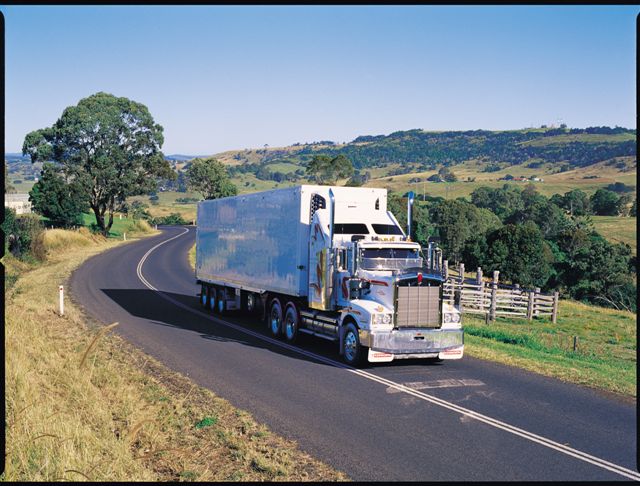Brought to you by NTI
NTI offers risk engineer support to promote sound risk management and help client businesses succeed.
“We help people work on their business, not just in their business.”
That’s Kurt Herron’s mantra. As one NTI’s dedicated risk engineers, Kurt knows what he’s talking about, and his colleague Paul Bressan agrees:
“We’re not there to hit businesses with a hammer … we’re another set of eyes with industry experience, risk and operations knowledge who can provide recommendations on how a business can continually improve.”
Risk Engineering – a day in the life
It’s an impressive-sounding job description, but what does a risk engineer do? In a nutshell, it starts with identifying when a client might have a risk problem.
Claims are an obvious indicator, but there are other factors, as Paul explained: “We also work with clients when they’ve experienced recent growth in their business, or if they’re a potential new client whose history shows they’ve had insurance declined.”
Brokers are another avenue; if they’ve been having conversations with an NTI insured client about risk, they can access NTI’s risk engineering service.
When on site, risk engineers speak with the relevant team members, walk around the premises and may assist in reviewing training documents, safety controls and other materials.
The visits aren’t too long, typically 60–90 minutes.
“We appreciate how busy our clients are in our industry”, Paul said.
“It’s not one-size-fits-all activity”, Kurt said. “But we do have some standard areas we look at because we want to understand the business holistically.
“If I go out and see something that’s claims-related, I’ll talk to them about what they do, how they do it, why they do it the way they do.
“And then I’ll look at subsections. I look at their people; I look at their assets, their maintenance, their care, their technology to get an ‘umbrella’ view of the operation.”
Paul noted that it’s essential to talk to the right people. Usually, that’s “business owners, if it’s a smaller operation. If they have safety or compliance people, I like them to be there as well”.
“If it’s a bigger operation, it’s usually senior managers and operational people.”
Once the visit is done, it’s back to headquarters to assemble a report. That involves research, collaboration, brain-storming and drafting. The NTI team takes time and care but can usually complete a report in the fortnight after a visit.
Once the broker has the report, they can go over it, present their client with it, and be ready for conversations around how to act on any recommendations, and address any questions or concerns.
Actionable, expert recommendations
Kurt emphasised that the reports aren’t about telling businesses to spend money on new equipment, training or processes (though they may recommend some or all of those measures if needed).
Instead, the idea is to get business owners and operators into the right mindset about risk and safety management.
“A lot of what I do is education”, he said.
Paul’s take is similar; it’s all about business improvement and understanding the chain of responsibility.
Supporting businesses to thrive
But NTI don’t stop at risk engineering reports, as Paul noted. NTI is heavily involved in the industry, providing education and support to all sizes and types of businesses.
“We go out to clients. We go to a lot of industry presentations and conferences to keep up with the legislation and compliance standards.
“We do industry-facing presentations as well, podcasts and video links … if there’s a particular topic, we can address it.”
Every business can use a helping hand, especially when the ‘help’ consists of experts like Paul and Kurt. And while every business has a degree of risk, there’s no reason to take on more than you need.
If you’d like to learn more about risk management and how to protect your business, contact your insurance broker, or NTI, today. Visit nti.com.au.



